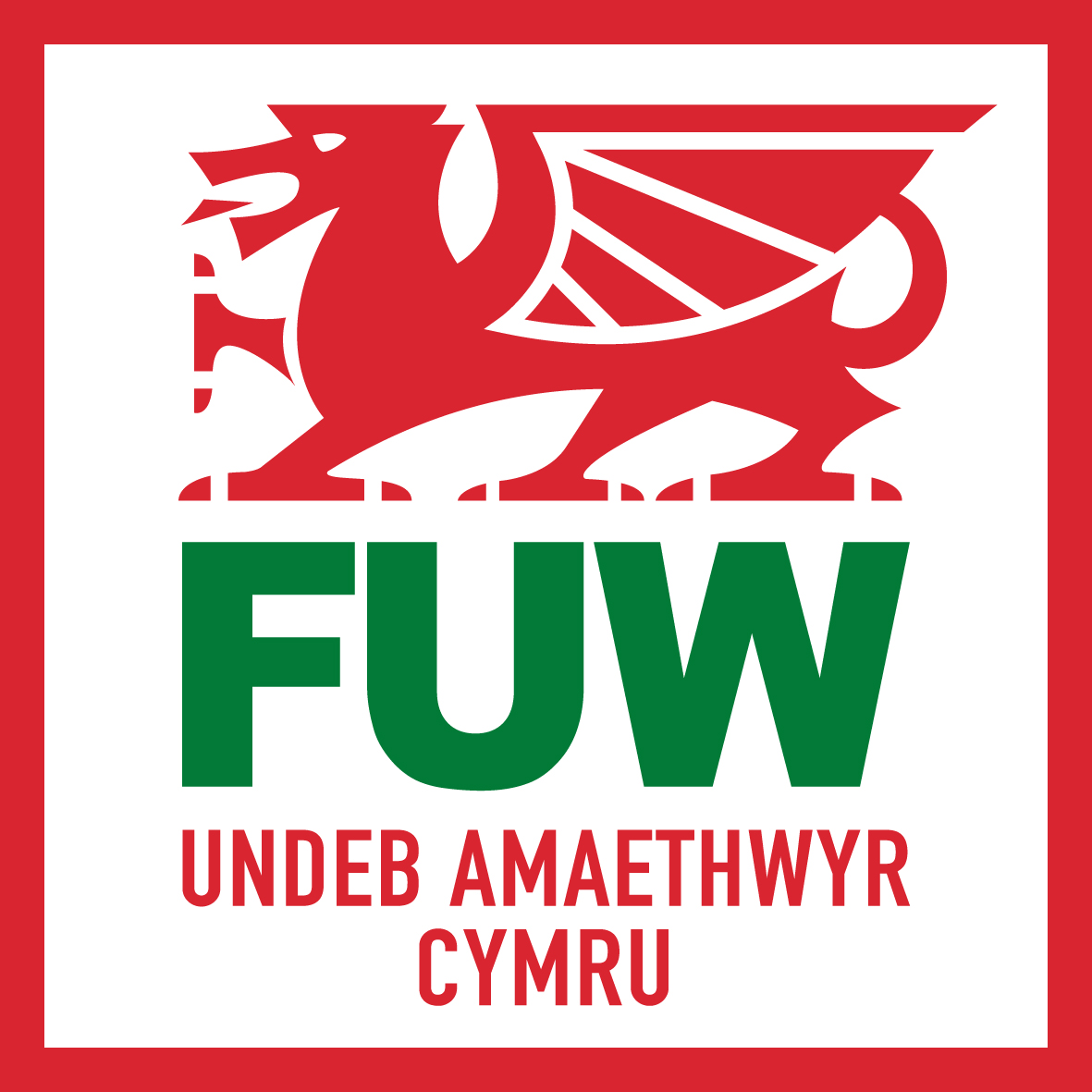[caption id="attachment_4951" align="aligncenter" width="300"] FUW president Gareth Vaughan - left - with HSBC head of agriculture Allan Wilkinson on a visit yesterday - October 18 - to Caeau Newydd dairy farm, at Dryslwyn near Carmarthen.[/caption]
FUW president Gareth Vaughan - left - with HSBC head of agriculture Allan Wilkinson on a visit yesterday - October 18 - to Caeau Newydd dairy farm, at Dryslwyn near Carmarthen.[/caption]
There is a sense of opportunity for dairy farmers worldwide from an expanding market but matters are a great deal more challenging in the UK, HSBC bank's head of agriculture Allan Wilkinson said last night (Monday, October 18).
Speaking at a Farmers' Union of Wales reception on the eve of the Welsh Dairy Show in Carmarthen, Mr Wilkinson said the UK dairy industry had witnessed massive change since the demise of the Milk Marketing Boards in 1994.
"There has been a period of catch up with the rest of Europe. With that change has come an ever greater reliance on a market-place driven milk price which, by its very nature, will vary depending on the ultimate end use and the strength and efficiency of the chain involved to get it to the consumer.
"It has even manifested itself into the current discounting of fresh liquid milk on the supermarket shelf, traditionally seen as the place for highest milk prices for the UK producer."
Added pressures for UK dairy farmers are: bovine TB which has been extremely challenging to all those affected; a more testing than usual growing season stretching some silage stocks; and higher winter feed costs for the majority of producers reliant on bought-in concentrates.
"Add these to a seemingly increasing administrative burden and the prospect of the reform of the CAP for 2013 onwards, and the pressures are there for all to see," said Mr Wilkinson.
"Producer numbers have fallen considerably in the last decade, though UK milk output has remained just below historic levels. Those remaining have expanded 'to fill the gap'.
"There is indeed a majority of producers who are no better than breaking even at present. That can be no surprise to anyone. Between the best and the worst, however, the range seems greater than ever, with the very best achieving total costs of production well below 20p/litre.
"Milk producers who have the combination of strong and efficient levels of technical output, and low costs of production, will have the ability to stand fluctuating milk prices as the world market place moves. They will remain successful, and they will continue to invest in the future, making the most of their current position.
"Milk production in this part of the world has many advantages that are the envy of the world. Please seize them, be they on farm, based on grass production, or from the provenance that the market place can and should offer you.
"Farmgate milk price has always been and is still very important to the producer. Obviously the higher it is, the greater the chance of profit - providing costs remain in check as well.
"All parts of the dairy industry must recognise the need for a sensible return for the future continued success of the whole. Knowing in greater detail your customer or supplier and working more closely with them - who ever they are - will become more important, irrespective of position within that chain.
"Retailers, processors or farmers are equally interdependent upon the next part of that chain. That is true now, and from what I see of dairying elsewhere, individual producers and producer groups have an increasing positive, even collaborative role to play going forward.
"So do I see a positive outlook for UK dairying? Yes I do, and I say that from the point of view of the UK market place, the ever demanding but receptive UK consumer and the wider global position.
"We have a strong home market, but it is not ours by right. It will demand continued attention, or it will become someone else's market. It may require fresh thinking to make the most of the opportunity ahead.
"The future will be more challenging than hitherto, it will contain continued price volatility and the market will remain complex. We can only plan forward for a strong UK dairy farming industry with the global market place and food chain well understood.
"The current environment places pressure on the individual producer, but it also suggests to me a substantial pressure in the processor sector as they seek to re-invest and plan for their long term."
Earlier, FUW president Gareth Vaughan stressed that the steep decline in the number of Welsh dairy farmers will continue so long as supermarkets continue to take a bigger share of the profits from milk sales.
"New figures released by DairyCo earlier this month revealed dairy farmers in Wales and England received an average 23.8p per litre for their milk during 2009/2010 compared to 25.8p the previous year. But the retailers' share of the price went up from 18.8p to 22.4p.
"These figures underline our fears for the traditional Welsh dairy farm which has declined sharply in numbers from 2,727 in 2006 to 2,094 last year.
"We have to ask whether the prices paid to Welsh dairy farmers are sufficient to give them a sustainable return to enable them to invest in their business and continue to supply milk in an efficient and profitable manner.
"The Welsh dairy farm has been the backbone of community life in much of rural Wales for years but these figures don't provide any comfort for the future.
"I fear that the decline in dairy farm numbers will continue until there is a change of heart by the retailers and they start paying producers the kind of prices they badly need to allow them to fully meet their costs and invest for the future."


